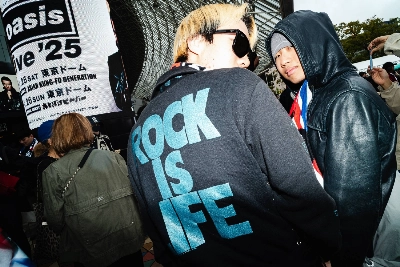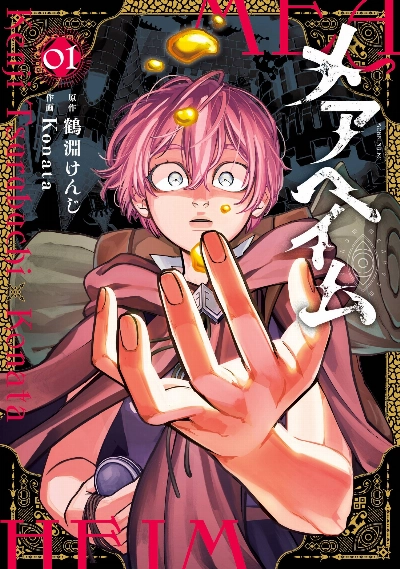Meta
Jordan Sievers
Nov 13, 2013
Nov 13, 2013
Nov 13, 2013
Nov 9, 2013
Nov 9, 2013
Nov 7, 2013
Nov 6, 2013
Nov 6, 2013
Nov 2, 2013
Nov 2, 2013
Oct 31, 2013
Oct 30, 2013
Oct 30, 2013
Oct 24, 2013
Oct 23, 2013
Oct 19, 2013
































